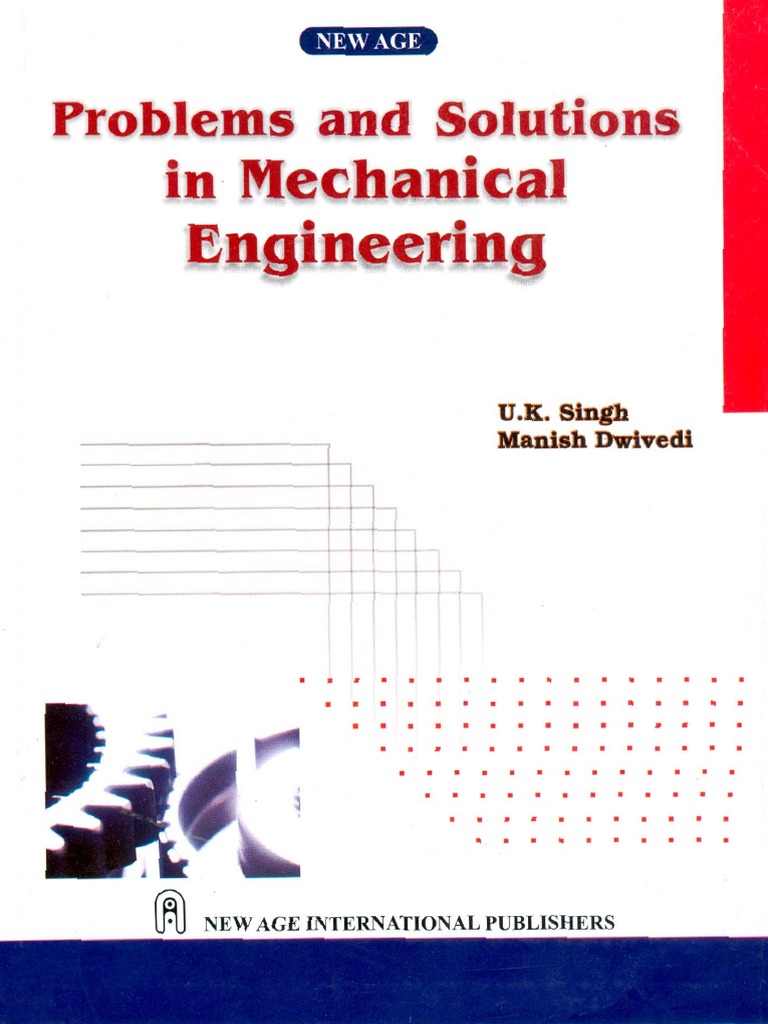Crack Width Calculation Ec200

7.3.2 Minimum reinforcenlent areas (1)P If crack control is required, a minimum amount of bonded reinforcement is required to control cracking in areas where tension is expected. The amount may be estimated from equilibrium between the tensile force in concrete just before cracking and the tensile force in reinforcement at yielding or at a lower stress if necessary to limit the crack width. (2) Unless a more rigorous calculation shows lesser areas to be adequate, the required minimum areas of reinforcement may be calculated as follows. In profiled cross sections like Tbeams and box girders, minimum reinforcement should be determined for the individual parts of the section (webs, flanges).
CRACK WIDTH CALCULATIONS ACCORDING TO EUROCODE 2. Eurocode 2 (EN1992-1-1) proposes equations for the calculation of crack width. INDIRECT FLEXURAL CRACK CONTROL OF CONCRETE BEAMS. Rather than a crack width calculation and comparison with allowable limits is to avoid all the.
(7.1) where: • A s,min is the minimum area of reinforcing steel within the tensile zone • A ct is the area of concrete within tensile zone. The tensile zone is that part of the section which is calculated to be in tension just before formation of the first crack • σ s is the absolute value of the maximum stress permitted in the reinforcement immediately after formation of the crack.
This may be taken as the yield strength of the reinforcement, f yk. (7.4) • N Ed is the axial force at the serviceability limit state acting on the part of the cross-section under consideration (compressive force positive).
Gowin Deluxe 2011 Serial here. N Ed should be determined considering the characteristic values of prestress and axial forces under the relevant combination of actions • h* = h for h. (9.1N) where: • b t denotes the mean width of the tension zone; for a T-beam with the flange in compression, only the width of the web is taken into account in calculating the value of b t • f ctm should be determined with respect to the relevant strength class according to Table 3.1: f ctm = 0,30 × f ck (2/3), f ck ≤ 50 f ctm = 2.12Ln(1+(f cm/10)), f ck >50/60 with f cm = f ck+8 (MPa) (2) Sections containing less reinforcement than A s,min should be considered as unreinforced. (3) The cross-sectional area of tension or compression reinforcement should not exceed A s,max outside lap locations. Note: The value of A s,max for beams for use in a Country may be found in its National Annex. The recommended value is 0. Broken Silence Natasha Preston Epub Files. 04A c. 9.3 Solid slabs (1) This section applies to one-way and two-way solid slabs for which b and l eff are not less than 5h (member for which the minimum panel dimension is not less than 5 times the overall slab thickness).
9.3.1 Flexural reinforcement 9.3.1.1 General (1) For the minimum and the maximum steel percentages in the main direction 9.2,1,1 (1) and (3) apply. (2) Secondary transverse reinforcement of not less than 20% of the principal reinforcement should be provided in one way slabs. In areas near supports transverse reinforcement to principal top bars is not necessary where there is no transverse bending moment.
(3) The spacing of bars should not exceed s max,slabs. Note; The value of s max,slabs for use in a Country may be found in its National Annex.